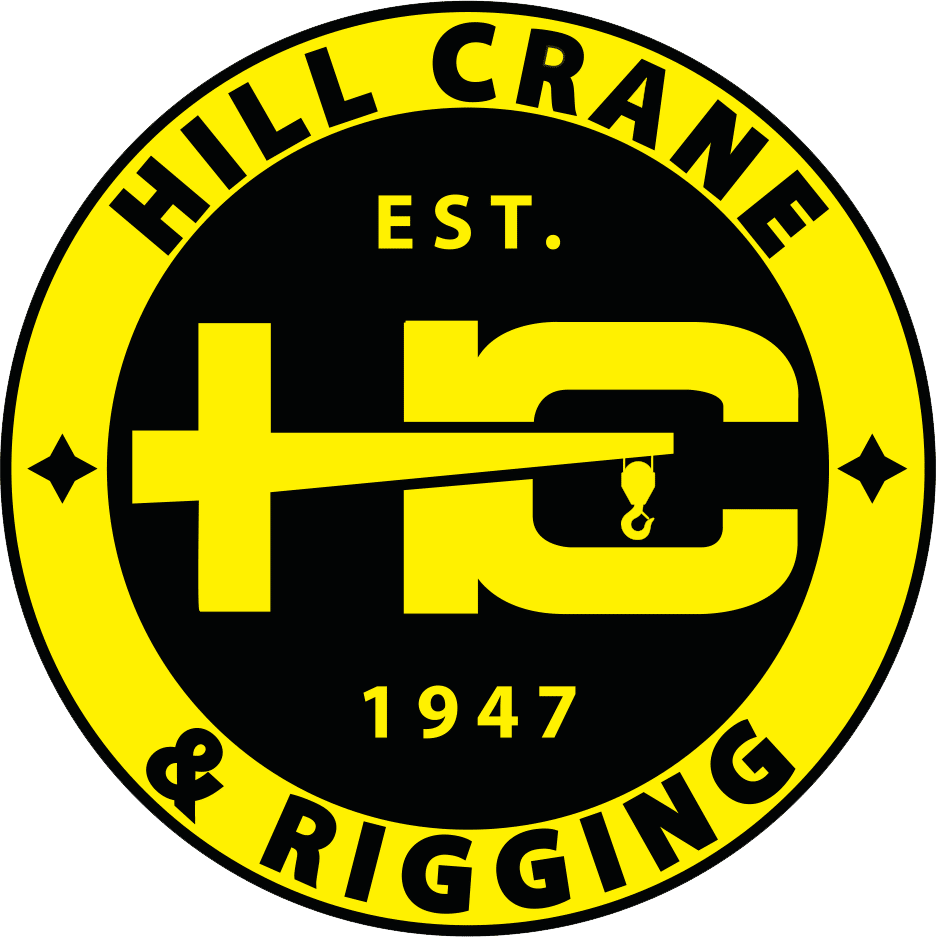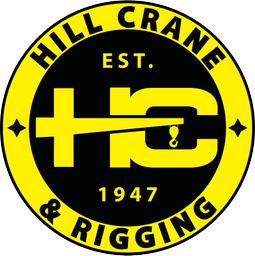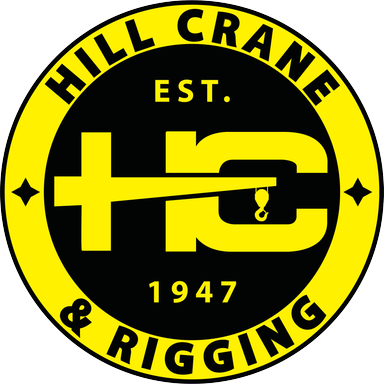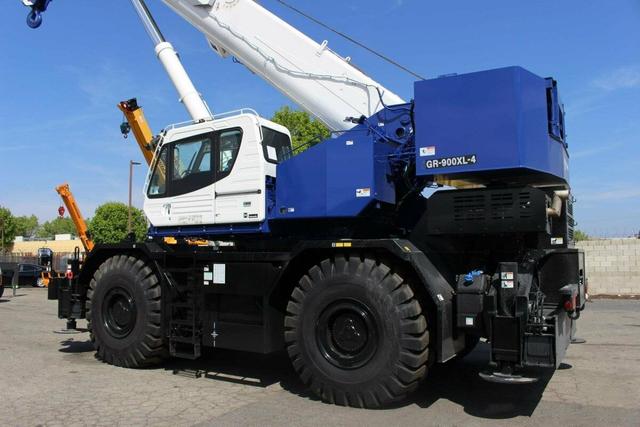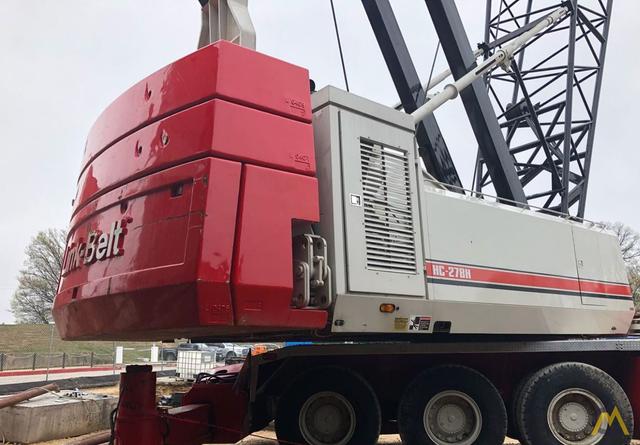Importance of Cranes in Construction
Cranes play a vital role in construction projects of all sizes. They help move heavy materials quickly and safely. Using the right type of crane can improve job site efficiency and reduce downtime. Each crane serves a specific purpose based on height, load capacity, and terrain.
Why Choosing the Right Crane Matters
Choosing the correct crane also enhances safety. The wrong crane can lead to accidents or damage. Understanding different crane types helps you make the best choice. This ensures smooth operations and keeps your project on track.
Pro Tip
Always match the crane’s lifting capacity and mobility to your project’s specific needs before renting or buying.
Understanding Construction Cranes: Categories and Importance
Two Main Categories of Cranes
Construction cranes are divided into two main types: Static Cranes and Mobile Cranes.
- Static Cranes stay fixed in one location during the project.
- Mobile Cranes can move around the site or between different sites.
Why Knowing Crane Types Matters
Knowing which crane type suits your project helps with better planning and smooth execution.Using the wrong crane can cause delays, cost overruns, and safety hazards.For example, a static crane is perfect for tall buildings but not for sites needing frequent moves.
Safety and Operational Impact
Choosing the right crane improves safety on site.It ensures the crane can handle required loads and terrain without risk.Proper selection reduces accidents and keeps the project on time.
Types of Construction Cranes
Construction cranes are divided into two main categories: Static Cranes and Mobile Cranes. Below is a detailed breakdown of each type with their key features, variants, and ideal uses to help you understand which crane suits your project best.
A. Static Cranes
Tower Cranes
Tower cranes are the iconic cranes often seen towering over city construction sites, especially for high-rise buildings. They consist of a tall vertical mast (or tower) and a horizontal jib (arm) that can rotate 360 degrees around the mast. A trolley runs along the jib to position loads precisely.
Key Features:
- Capable of lifting heavy loads to great heights.
- Provide excellent stability, fixed firmly to the ground or attached to structures.
- Operate continuously on long-term projects.
Variants:
- Hammerhead Cranes: Characterized by a fixed-level jib shaped like an upside-down "L" that rotates horizontally. Ideal for confined urban sites and multiple crane operations.
- Luffing Jib Cranes: The jib can be raised or lowered (luffed), allowing operation in tighter spaces and reducing swing radius. They lift heavier loads than hammerhead cranes but at a higher cost.
- Self-Erecting Cranes: Smaller cranes that fold for transport and can erect themselves without additional equipment. They have lower lifting capacity and are suited for short-term or smaller projects with limited space.
Ideal Use Cases & Advantages:
- Perfect for building skyscrapers, bridges, and large structures.
- High lifting capacity and reach.
- Stability ensures safety in busy urban environments.
Level Luffing Cranes
Level luffing cranes move the jib up and down to keep the load level while lifting. Instead of a trolley moving the hook horizontally, the jib itself moves to maintain load stability.
Operation Principle:
- The jib pivots to adjust height, keeping loads level during lifts.
- Load is suspended at a fixed point on the jib.
Typical Applications:
- Shipbuilding yards.
- Freight loading/unloading.
- Construction projects require precise load handling near ground level.
B. Mobile Cranes
Crawler Cranes
Crawler cranes are mounted on tracks (crawlers), which give them excellent stability and mobility on soft, muddy, or uneven ground. They are powerful, capable of heavy lifts, and often used in the initial phases of construction.
Mobility Benefits:
- Move around the site on tracks without ground prep.
- Adapt well to rough, uneven terrain.
Common Uses:
- Large-scale infrastructure projects.
- Earthmoving and heavy lifting operations at difficult sites.
Rough Terrain and All-Terrain Cranes
Both cranes cater to off-road conditions but differ in mobility.
- Rough Terrain Cranes: Mounted on a single, heavy-duty axle with off-road tires. Best for confined, challenging sites but mainly used onsite, not road-travel legal.
- All-Terrain Cranes: Combine rough terrain capability with road travel legality. Mounted on trucks with multiple axles and large wheels, they can travel between job sites efficiently.
Differences & Use Scenarios:
- Rough terrain cranes are ideal for sites with soft or uneven ground where road travel isn’t needed.
- All-terrain cranes suit projects requiring frequent moves and versatile terrain handling.
Truck Cranes
Truck cranes are mounted on standard or specialized truck chassis, making them road legal and highly mobile. They offer quick setup and are suited for lifting lighter loads compared to crawler cranes.
Road Legality & Mobility Advantages:
- Can travel directly on public roads between sites.
- Faster to deploy and reposition within project areas.
- Offer decent lifting capacity (up to around 110 tons with outriggers).
Carry Deck Cranes
Carry deck cranes are compact, four-wheeled cranes with a rotating boom mounted on a small platform.
Small Size & Maneuverability Benefits:
- Perfect for confined spaces and indoor use.
- Handle loads up to 25 tons.
- Move small materials around the construction site efficiently.
How to Choose the Right Crane for Your Project
Selecting the right crane is crucial for project success, safety, and budget control. Here are the key factors to consider when making this decision:
1. Project Size and Scope
- Understand the scale: Large projects like skyscrapers need heavy-duty cranes, such as tower cranes or crawler cranes. Smaller projects may require mobile or self-erecting cranes.
- Scope of lifting: Consider the number and size of loads to be lifted regularly, which impacts crane capacity and size.
2. Terrain and Site Conditions
- Ground stability: Soft or uneven ground requires cranes with better stability and mobility, such as crawler cranes with tracks.
- Space constraints: Urban or confined sites may need cranes with a smaller footprint or adjustable jibs like luffing jib cranes or self-erecting cranes.
- Accessibility: Consider how easy it is to transport and set up the crane at your site.
3. Lifting Capacity and Height Requirements
- Load weight: Calculate the heaviest load your crane must lift safely. Never choose a crane near or below this limit.
- Lift height and reach: Match the required vertical height and horizontal radius with the crane’s boom length and jib design to avoid operational inefficiency.
4. Mobility Needs
- Static vs mobile: Fixed tower cranes are suited for long-term projects, while mobile cranes such as truck cranes or all-terrain cranes provide flexibility to move between sites.
- Project moves: For jobs requiring frequent relocation or short duration, mobile cranes offer faster deployment.
5. Budget and Rental vs Purchase Considerations
- Cost-efficiency: Renting cranes can reduce upfront costs and maintenance burdens, especially for short-term projects.
- Long-term projects: Purchasing may be more economical if the crane will be used extensively.
- Operational costs: Include setup, transport, and operator expenses in your budget.
Advice on Matching Crane Type to Project Needs
- High-rise buildings: Opt for tower cranes with high lifting capacity and reach.
- Soft terrain projects: Use crawler cranes that handle rough ground with stability.
- Small, confined sites: Consider self-erecting or carry deck cranes for maneuverability.
- Multiple sites or short-term jobs: Choose truck cranes or all-terrain cranes for easy relocation.
Making the right choice helps avoid delays, safety risks, and budget overruns, ensuring your project runs smoothly and efficiently.
Benefits of Choosing the Right Crane
Selecting the right crane for your construction project offers multiple benefits that improve safety, efficiency, and cost-effectiveness across the site.
- Enhanced Safety and Risk Reduction: The correct crane minimizes accidents by matching load capacity and operational limits precisely to the job. Proper crane selection ensures stable lifts, reduces equipment failures, and helps maintain compliance with safety regulations, protecting workers and materials.
- Improved Project Efficiency: Using the appropriate crane speeds up lifting and material handling. This reduces delays and keeps your project on schedule by optimizing workflow and minimizing downtime caused by equipment limitations or relocations.
- Cost Savings: By choosing a crane that fits your project’s size and needs, you avoid unnecessary expenses from oversized cranes or rental of multiple machines. Efficient crane use lowers labor costs and minimizes damage to materials and infrastructure.
- Increased Productivity and Reduced Downtime: The right crane smooths operations through enhanced mobility, faster setup times, and effective load management, reducing project interruptions and boosting overall output.
These benefits ultimately lead to timely project completion, safer work environments, and optimal use of resources.
Conclusion
Choosing the right crane is a vital step to ensure your construction project is safe, efficient, and cost-effective. Understanding the different crane types and matching them to your project’s specific needs will help you avoid delays, reduce risks, and improve productivity.
For expert advice and professional crane rental services, contact Hill Crane. Our experienced team can help you select the perfect crane for your project and provide reliable support from start to finish.
Visit or call us today to discuss your crane needs and get a personalized consultation.
